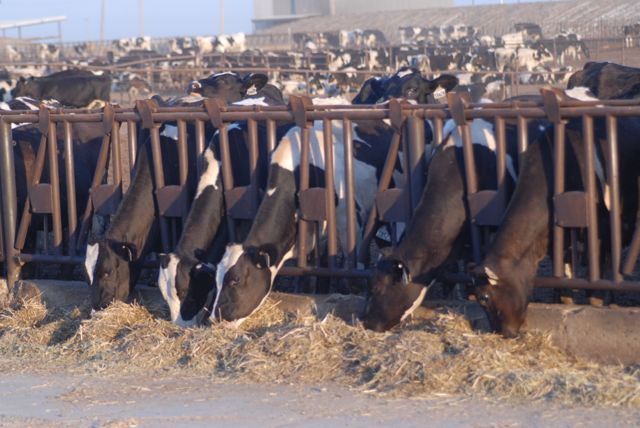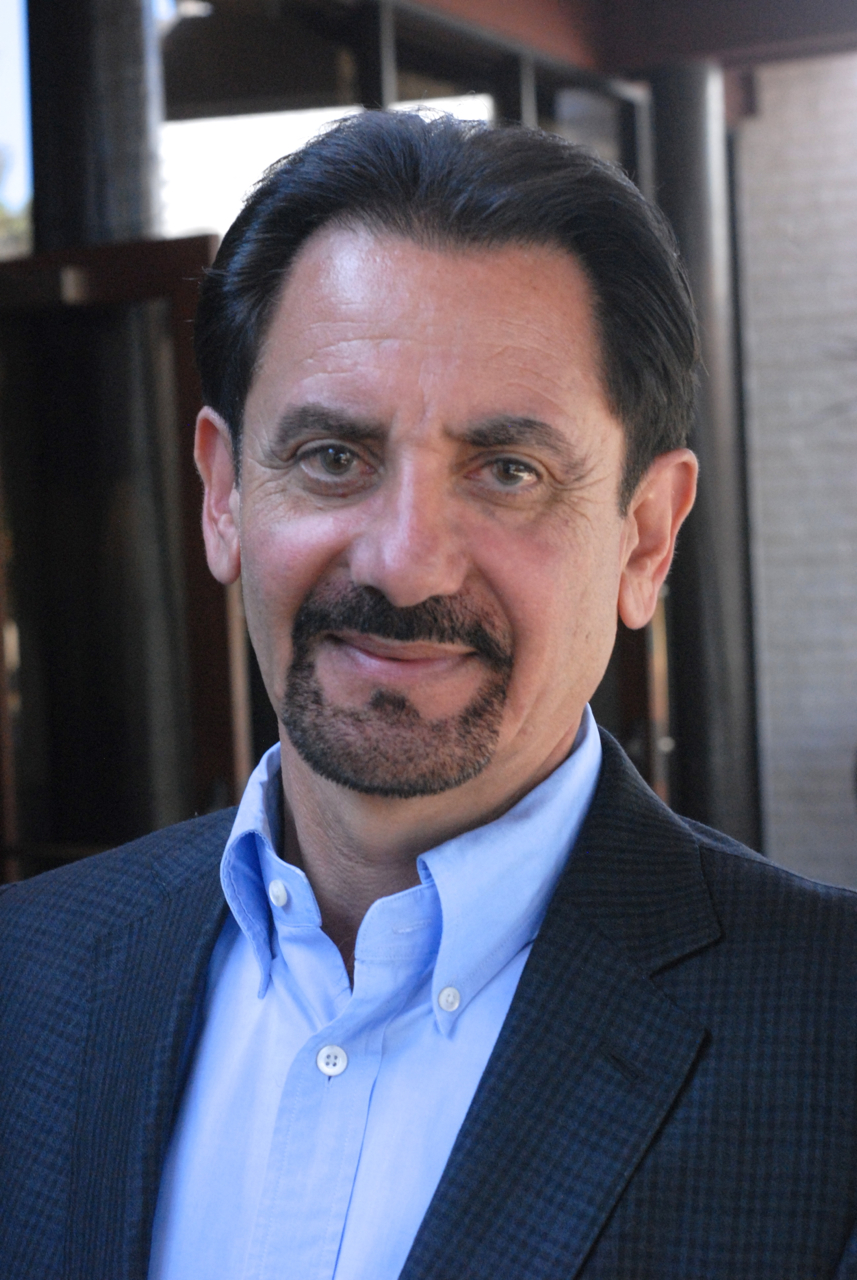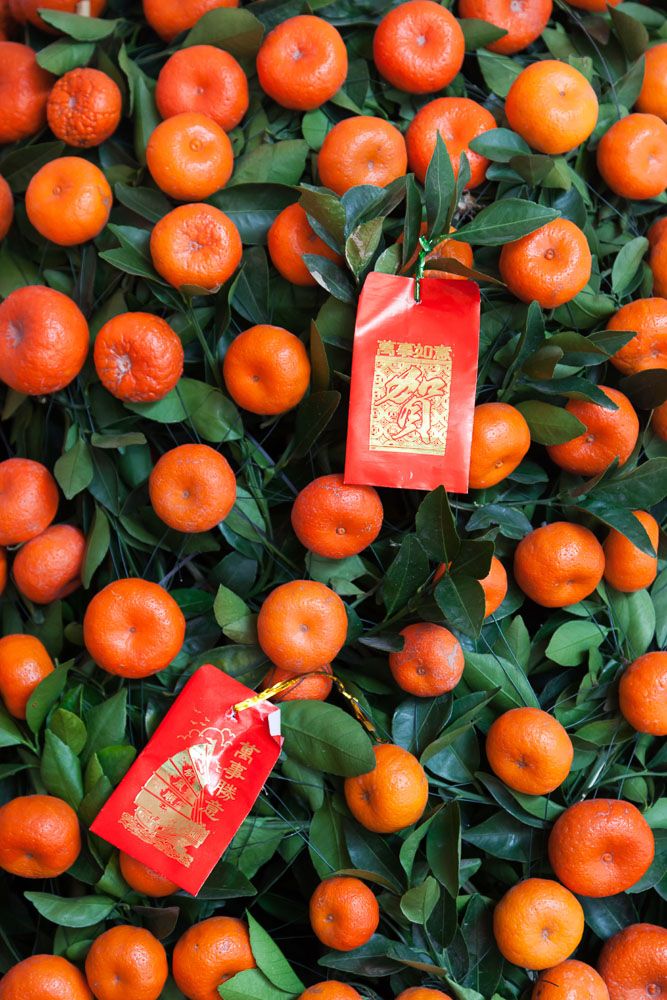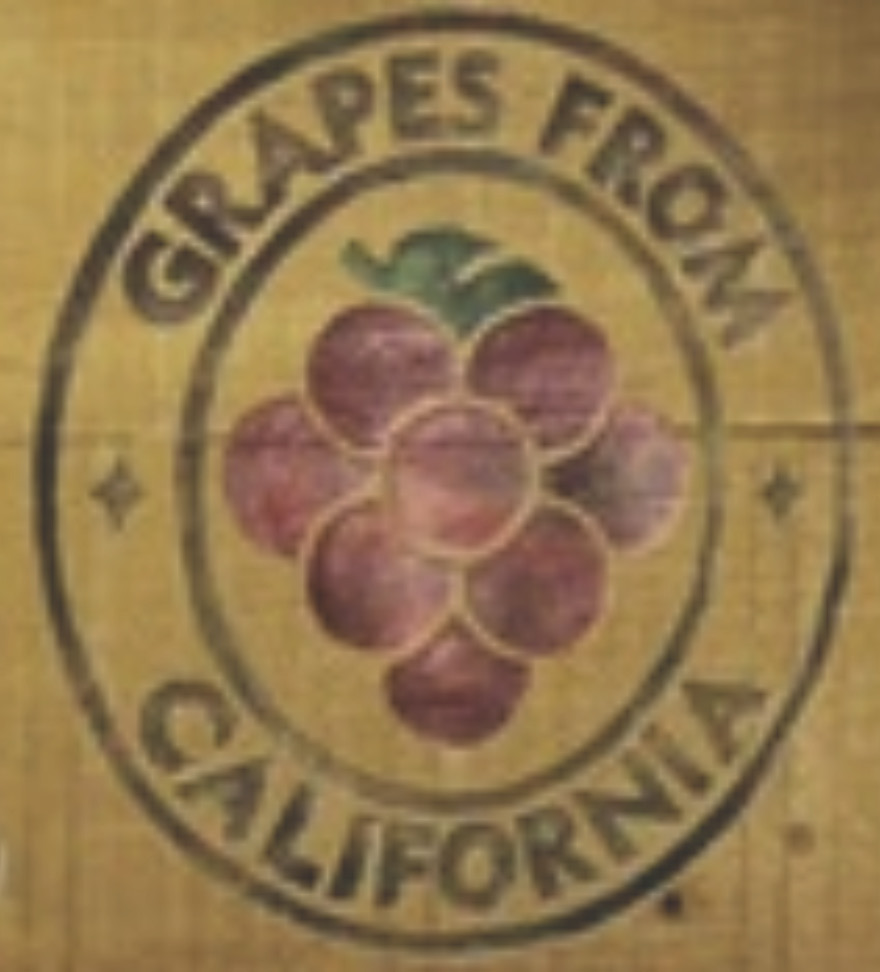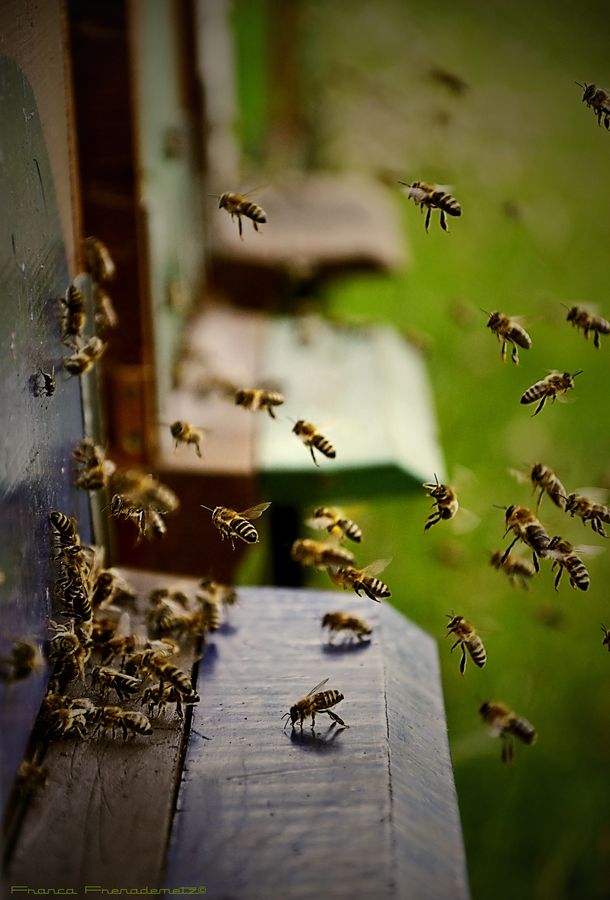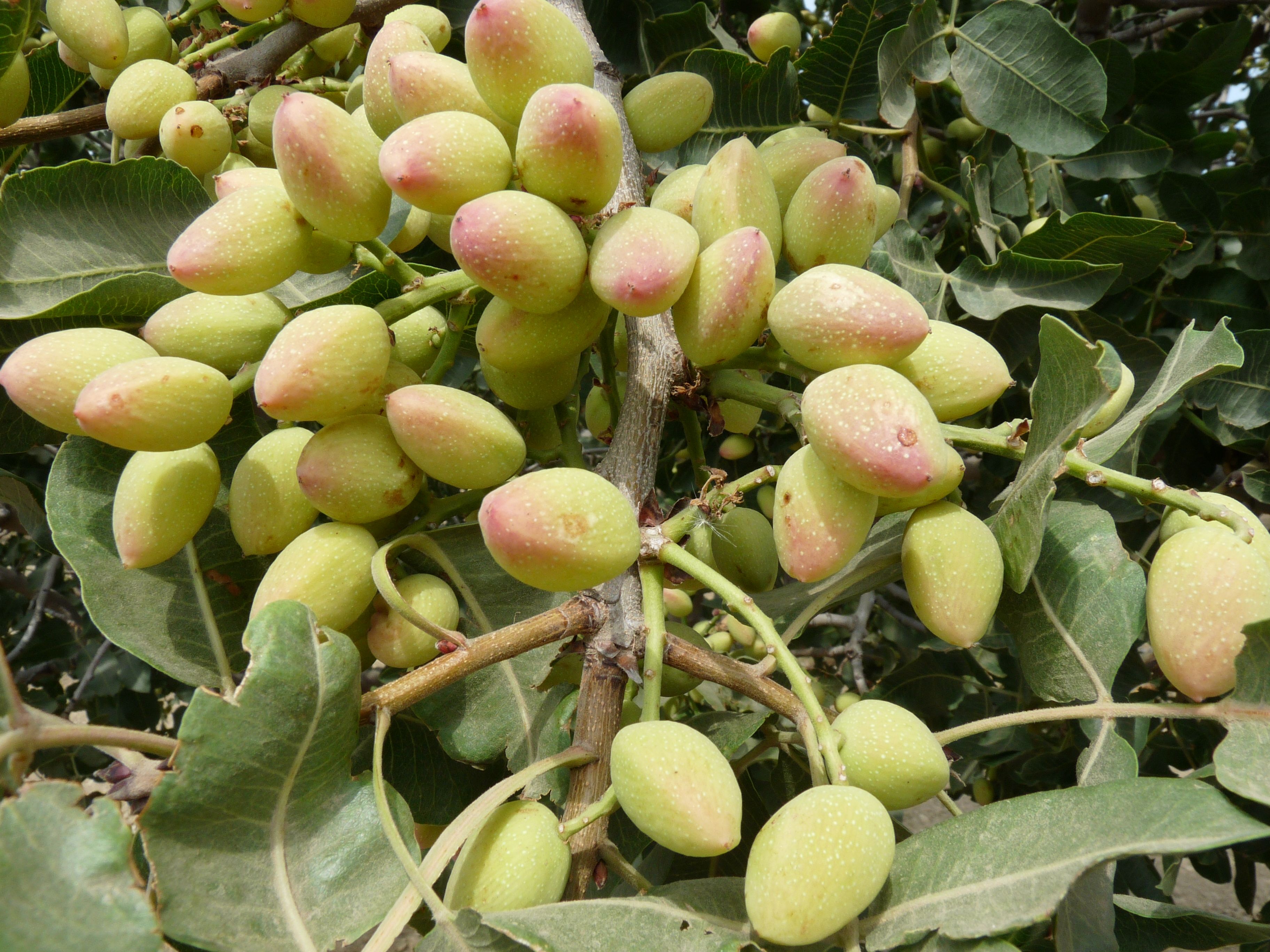California Dairy Groups Announce Support For Federal Order Proposal
Federal Milk Marketing Order for California Producers Would Offer Big Help
TODAY, the Boards of Directors for the California Dairy Campaign (CDC), Milk Producers Council (MPC) and Western United Dairymen (WUD) jointly announced their support for a proposal submitted earlier this month that would create a Federal Milk Marketing Order in California.
On February 3rd, a request for a hearing was sent to the U.S. Department of Agriculture (USDA) by California Dairies, Inc., Dairy Farmers of America and Land O’Lakes. Specifically, these California farmer-owned cooperatives requested that USDA hold a hearing that would establish a Federal Milk Marketing Order in California. Included with the request was a detailed proposal supported by the three cooperatives.
The request can be found at: http://www.ams.usda.gov/AMSv1.0/CAOrder. After reviewing the detailed proposal, the Boards of Directors for CDC, MPC and WUD each voted to fully support the proposal, as submitted by the three cooperatives.
Statement from California Dairy Campaign President Joe Augusto: “California dairy farmers have been substantially underpaid compared to dairy farmers in the federal milk marketing order system for far too many years.
The California federal milk marketing order proposal put forward by the state’s cooperatives will bring our prices in line with prices paid around the country and restore equity to dairy producer pricing in our state.”
Statement from Milk Producers Council President Sybrand Vander Dussen: “We are excited to see this process begin and stand side-by-side with our State’s cooperatives in strongly supporting this proposal. For far too long, California’s dairy families have struggled under a system that artificially discounts the value of the milk they produce, to the tune of more than $1.5 Billion in the past five years.
We urge USDA to schedule this hearing as soon as possible and to implement this proposal that would restore a fair price for the milk our dairies produce.”
Statement from Western United Dairymen President Tom Barcellos: “We are pleased this detailed project has finally come to fruition. It confirms what we have known for a long time, pointing out the inequities in milk pricing that are detrimental to California producers. We will follow its progress moving forward and keep our members fully informed as the process evolves. We encourage producers to stay engaged so that we can maintain the integrity of the proposal.”

